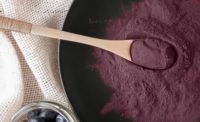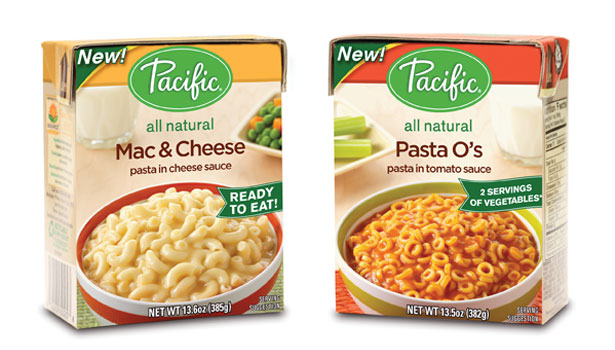Full-Flavor Pastas, Sauces
With the artisan, farm-to-table movement and a drive toward minimal processing, pasta is dressing up more nicely than ever.

Boutique jarred-sauce companies are helping drive affordable upscale pasta formulations consumers demand.

Pasta for kids has become more sophisticated and more healthful at the same time, typically serving as a format for boosting vegetable intake, yet having enough taste-appeal for parents who have little time to make separate meals for each age group in the family.

The authentic, “fresh” flavors and textures of pasta sauces and pasta entrees enjoy longer shelflife, due to advances in packaging.

Says Dreamfields, “With five grams of fiber, fewer digestible carbs per serving, a lower glycemic index, and the delicious taste of traditional pasta, Dreamfields is sure to be a hit with the entire family. It’s an ideal option to help people maintain healthy blood sugar levels, or anyone looking for a better-for-you pasta alternative.”

Asian cuisine offerings, such as pad Thai -- often in gluten-free formats -- allow consumers instant variety while keeping up with trends in global pastas and healthy alternatives.

Mama Jess product features all-organic ingredients: tomato puree, bean puree, corn, sweet potato juice, onion, dried red chili peppers, red bell peppers, olive oil, sea salt, garlic, spices and citric acid.






|
Pasta Shapes Up
Penne, elbows and rotini are some of the leading dried pasta in today’s market, but artful noodles are another way to dress up pasta dishes. Barilla Inc. has made good use of its Italian roots in promoting shapes once unusual to mainstream America. One of its most recent, popular pastas is radiator -- pasta that literally looks like little radiators. (The automotive-themed chain restaurant Quaker Steak and Lube carries it on its menu.)
“A noodle such as radiato, gemelli, campanelli and bucatini maximizes the surface area, while the ridges or channels easily trap a thick sauce,” says Barilla chef Lorenzo Boni. “Almost all shapes have a traditional origin or specific region, and the classic dish associated with it is connected with the shape’s functionality. For example, bucatini, like a hollow spaghetti, is from Rome and typically pairs with the dish Amatriciana. The hole in the middle of the long noodle is a tasty reservoir for the spicy, meaty sauce.”
There always will be a consumer desire for comfortable and familiar shapes, like elbows and shells, but having a wide assortment of shapes on offer helps meet the demand for something new.
“Keeping the familiar, while slowly introducing new varieties, is the current market trend being seen across all pasta varieties,” says Boni.
|
No Assembly Required

Sauce Specifics
Helpful Hydrocolloids
|
Say Cheese, Please
According to the USDA, mozzarella is the most popular cheese in the U.S.; the average American eats 11.43lbs of mozzarella per year, compared to just 9.98lbs of Cheddar. However, it’s the simplicity of soft cheeses (all that’s needed is milk, some acid and a 2-hour minimum), like chèvre (soft goat cheese), ricotta and burrata, that inspire restaurant chefs to take cheese-making into their own hands and have an even more impressive DIY menu. During the recession, cheese was in a slump, but sales are up again in the U.S. And, in addition to popular mozzarella and Cheddar, consumers are reaching for specialty blues, Muenster and Asiago, as well.
|
Sealed for Success
Next Level Artisanal
Looking for a reprint of this article?
From high-res PDFs to custom plaques, order your copy today!












